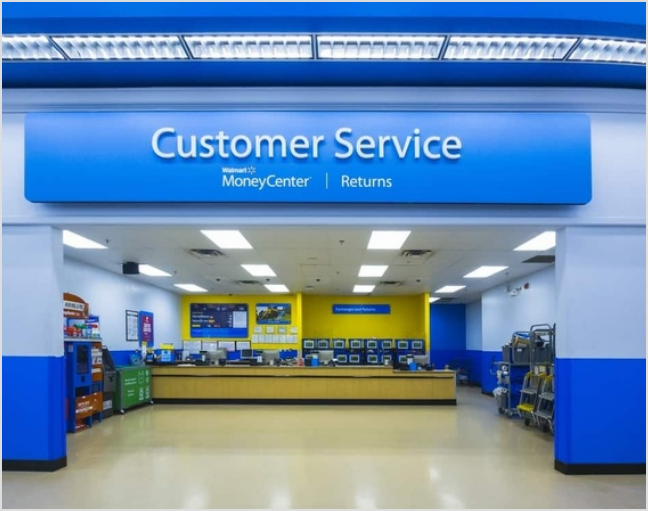Have you ever wondered how some brands make you feel like a VIP when interacting with them? It’s not a trick, just a well-crafted customer care strategy! Today, we will spill the beans on how you can do the same for your brand. Let’s see how to develop a customer care strategy for your brand!
So, are you ready to take your customer care to the next level? Let’s get going!
Social Customer Service Never miss a message or comment from your social media audience. Try ContentStudio’s Inbox.
8 Steps to develop a customer care strategy for your brand
Developing an effective customer care plan is important to build strong customer bonds. It fundamentally helps to boost your brand’s image.
1. Understand your customers:
The foundation of any effective customer care strategy is a deep understanding of your target audience. These personas should encompass demographic information, preferences, pain points, and behaviors.

2. Define clear objectives:
Set clear and measurable goals for your customer care strategy. Common customer care objectives include improving response times, increasing customer satisfaction ratings, reducing churn rates, and enhancing the customer experience.

3. Select the proper channels:
Customers expect to interact with brands through phone, email, chat, social media, and personal. Be where your customers are, and ensure that your team is trained to provide consistent support across all chosen channels.

4. Train and empower your team:
Your customer care team is on the front lines of your brand’s customer interactions. Invest in training to ensure they have the skills, product knowledge, and communication abilities to provide top-notch service.

5. Implement a knowledge base:
Create a knowledge base or FAQ section on your website to empower customers to find answers to common questions independently. This eases the workload of your customer care team and provides self-service options for customers.

6. Personalize the customer experience:
Use customer data and insights to personalize interactions. Address customers by name, reference their previous interactions, and offer tailored solutions whenever possible. It will make customers feel valued and heard.

7. Gather and analyze feedback:
Collecting and analyzing customer feedback is essential. Utilize surveys, feedback forms, customer reviews, and customer feedback software to gather and centralize insights into customer satisfaction.

8. Continuously improve:
A customer care strategy is not static. It should be flexible to meet market dynamics. Regularly review your strategy to adapt to new trends and technologies.

Key metrics to monitor the success of your customer care strategy
Track key performance indicators (KPIs) to gauge the success of your customer care plan. Some essential metrics include:

Customer Satisfaction (CSAT) scores:
A measurement of how satisfied your customers are with your products or services is often gathered through surveys or feedback.
Net Promoter Score (NPS):
A metric to gauge customer loyalty by asking, “How likely are you to recommend our brand to a friend or colleague?”
Customer Effort Score (CES):
A metric that assesses how easy it is for customers to achieve their goals when interacting with your brand.
First Response Time (FRT):
The time it takes for your customer care team to respond to a customer’s initial inquiry or issue.
Resolution Time:
The time it takes to resolve a customer’s problem or concern is often measured from when they reach out.
Churn Rate:
The percentage of customers who stop doing business with your brand within a given period, typically because they cancel their subscriptions or no longer purchase your products or services.
Top Brands with Outstanding Customer Care Strategy

Here are a few brands you can take inspiration from:
Amazon, a customer service leader, prioritizes convenience and responsiveness with 24/7 support, easy returns, and personalized recommendations.

Apple stands out with user-friendly policies, including the Genius Bar for tech help, quick customer responses, and problem-solving simplicity.

Target, the customer-centric retail giant, provides a seamless shopping experience, hassle-free returns, and responsive support, both in-store and online.

Walmart, a global retail giant, enhances customer care with an easy-to-use website and responsive online chat support, improving the online shopping experience.

Google, known for its commitment to customer satisfaction, offers support across multiple channels, particularly for its advertising and business clients, providing timely and accurate assistance for digital solutions.

That’s all for today’s guide; I hope this helped. ContentStudio wishes you all the best in creating your customer care strategy!
FAQs
How do you develop a customer service strategy?
Develop a customer service strategy by understanding your customers, setting clear objectives, choosing the right communication channels, training and empowering your team, and continuously improving.
- Accuracy
- Speed
- Accountability
- Transparency
- Quality
